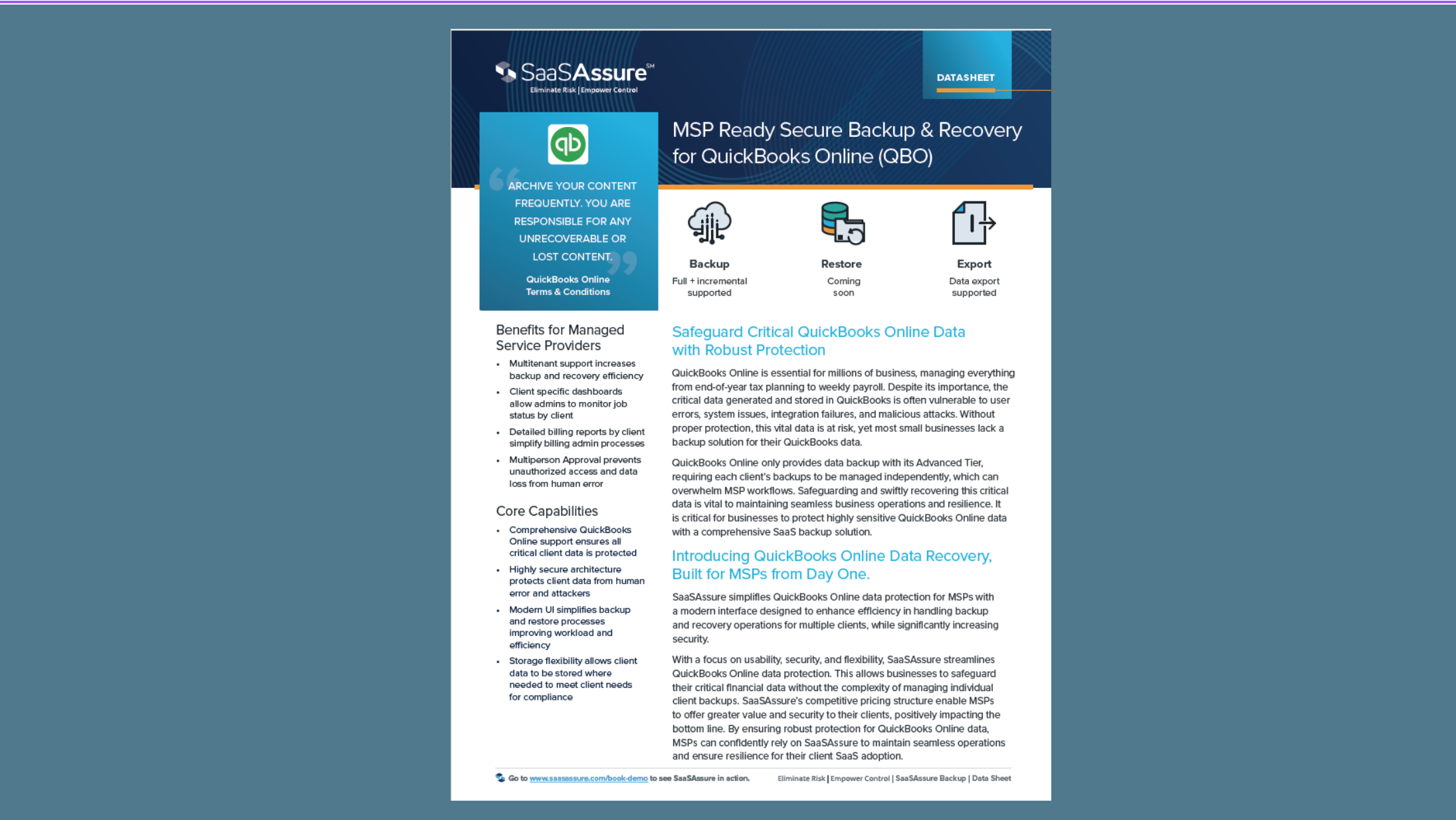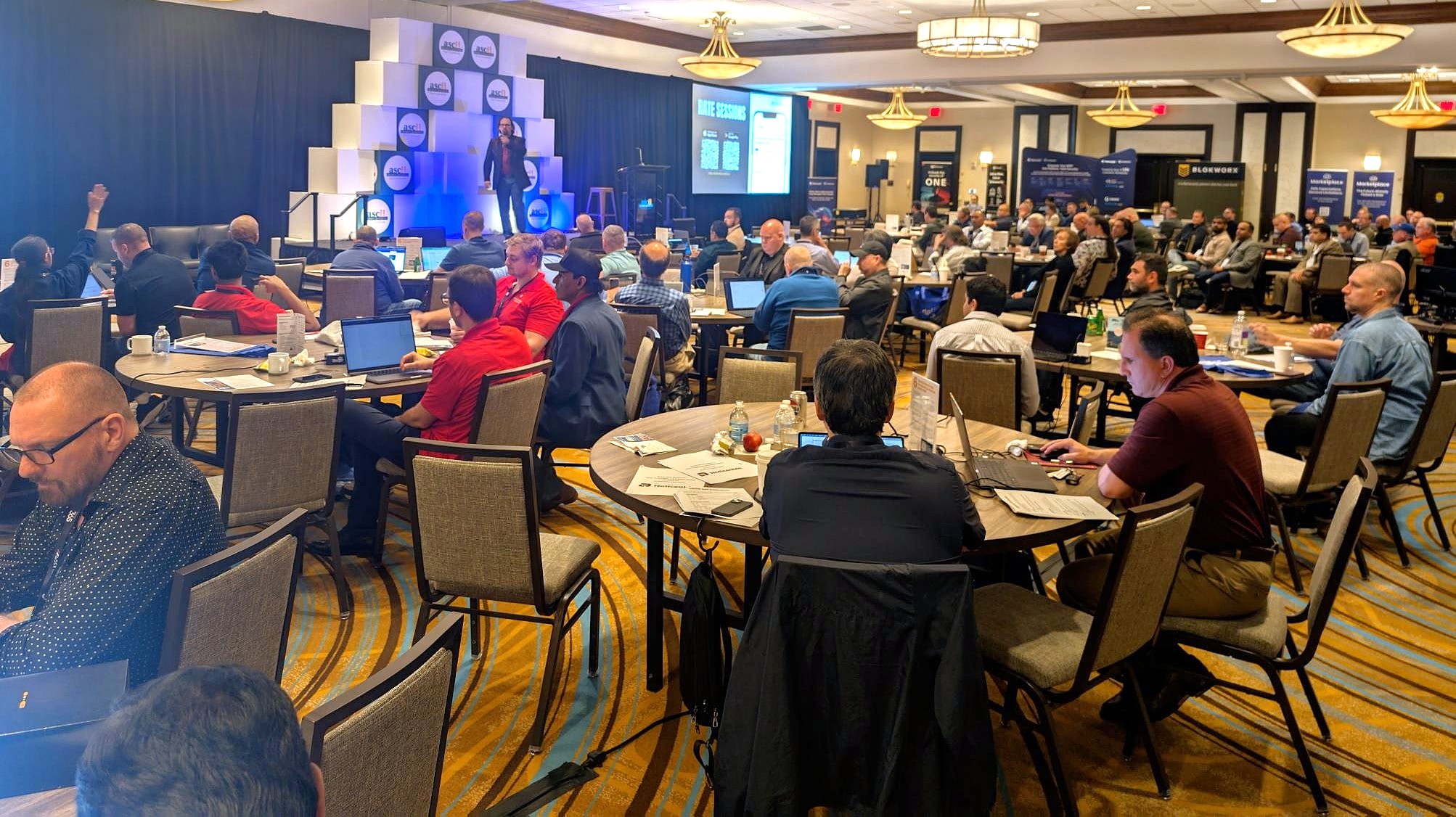New research by Enterprise Management Associates (EMA) and Auvik, an award-winning provider of cloud-based network management software, revealed that the ongoing shift to hybrid and remote work environments has resulted in key changes to the roles and priorities of network administrators in order to address new connectivity challenges and prioritize and preserve a secure, productive end-user experience.
The report examined the remote and hybrid work paradigm through the lens of network operations teams – 73% of which reported an increase in workloads, either slightly or significantly, following the shift from traditional to hybrid work environments.
Results from the report demonstrated that the top challenges associated with the remote work experience are poor home Wi-Fi setups, distance from applications, and poor ISP quality. To combat these obstacles, 72% of surveyed organizations have deployed network hardware to the homes of remote workers, including network security devices (62.7%) and Wi-Fi access points (54.1%). Additionally, 90% of organizations with hybrid workers shared that they had to upgrade Wi-Fi networks to address increased office mobility requirements.
“These results reinforce that although people are beginning to return to the office, hybrid work is here to stay and is resulting in significant changes for network administrators,” said Alex Hoff, co-founder and Chief Strategy Officer for Auvik. “Although IT teams no longer own all the assets utilized daily by employees, they are still responsible for these operations. And despite not being able to directly exert control over employees’ home networks, they can have visibility over these environments with network monitoring tools. Implementing network visibility software helps IT professionals overcome these new obstacles by providing the ability to maintain visibility and control amid changing work circumstances. The data provided in this report reinforces Auvik’s place in the market and demonstrates that our recent acquisitions, integrations, and expanded product offerings that were designed to help IT teams adapt to these new norms are well-suited for the challenges that are being identified within the industry.”
Additional findings from the report include:
Nearly 49% of network operations teams started working with a new tool vendor to help them manage the network experience of remote workers.
76% of organizations need to unify how they manage network access policies across on-premises networks and remote users.
Remote desktop access tools (deployed by 81% of companies) remain the go-to solution for troubleshooting remote users’ problems, but endpoint monitoring tools are increasingly popular (79%).
Although 87% have allocated funds in their budget to update network operation tools for remote and hybrid user support, only 32% of organizations shared that they have been successful in doing so.
The top issues employees most often report when they are working from home are VPN access issues, followed by performance issues with SaaS applications.
“96% of IT organizations said they are supporting hybrid workers, and 30% of all employees who work remotely are hybrid workers,” said Shamus McGillicuddy, VP of Research, EMA. “With employees working both at home and in the office, it is important to have the assets and software necessary to support them in both locations. This means enterprises must invest in more secure remote access solutions that offer integrated network security automation, centralized management, and network optimization or network enhancement, as well as network observability tools that are able to monitor performance across disparate locations.”
Methodology
Auvik commissioned an independent research firm to survey 354 IT professionals directly involved in supporting the networking requirements of employees who work from home.














